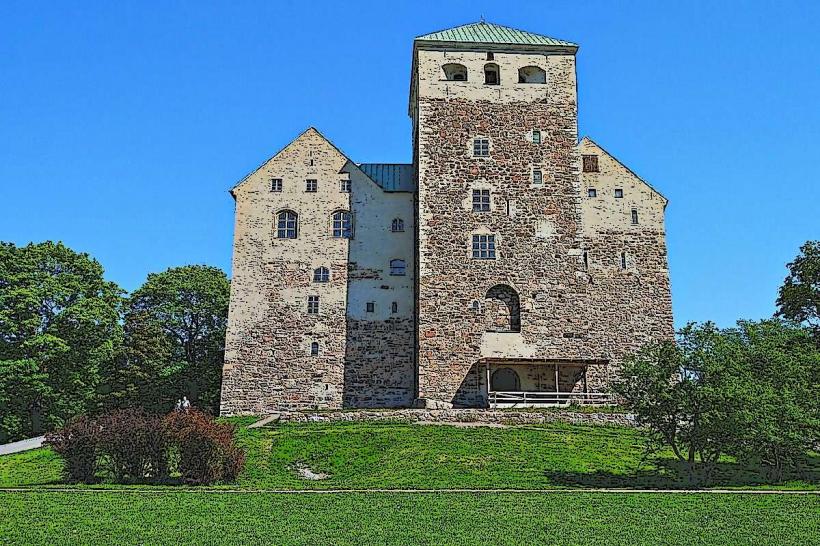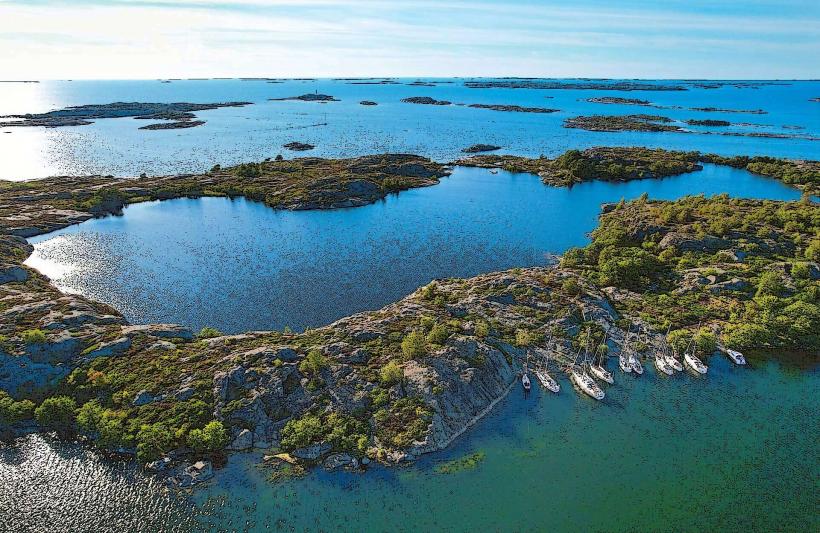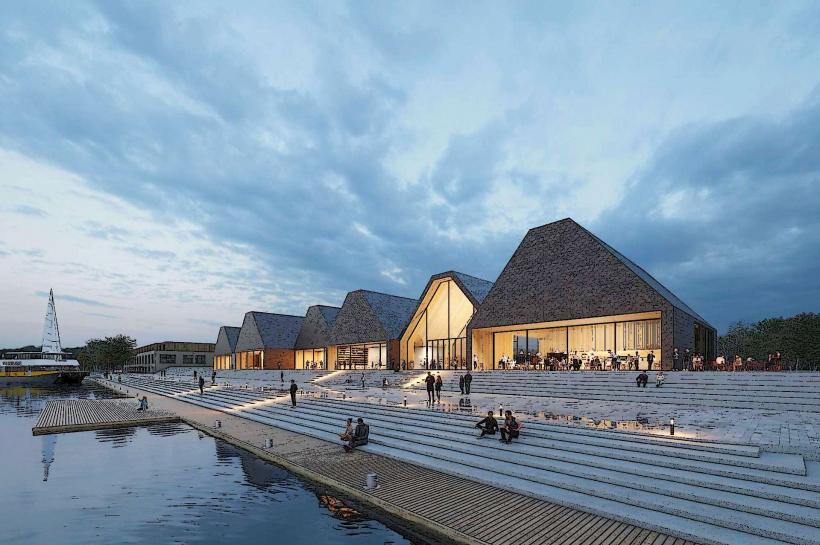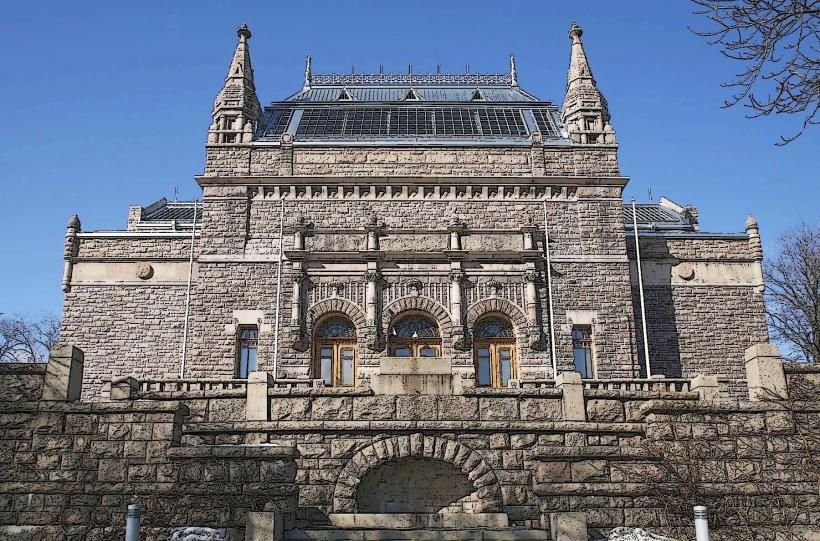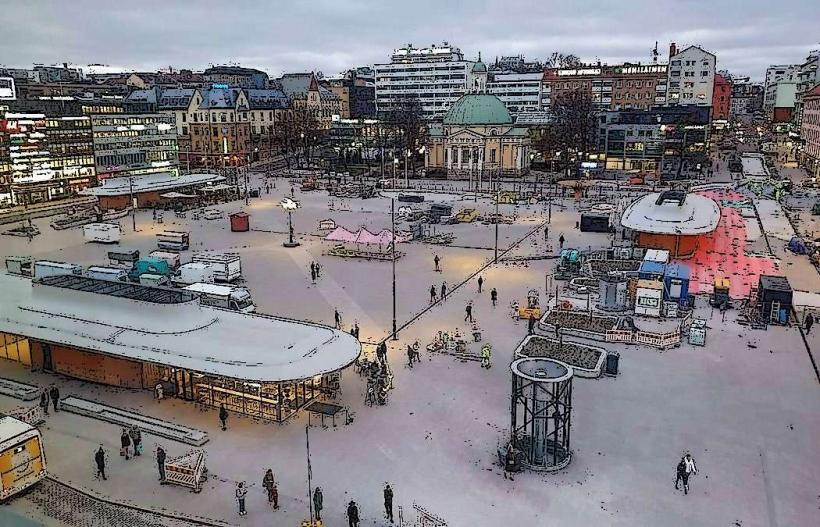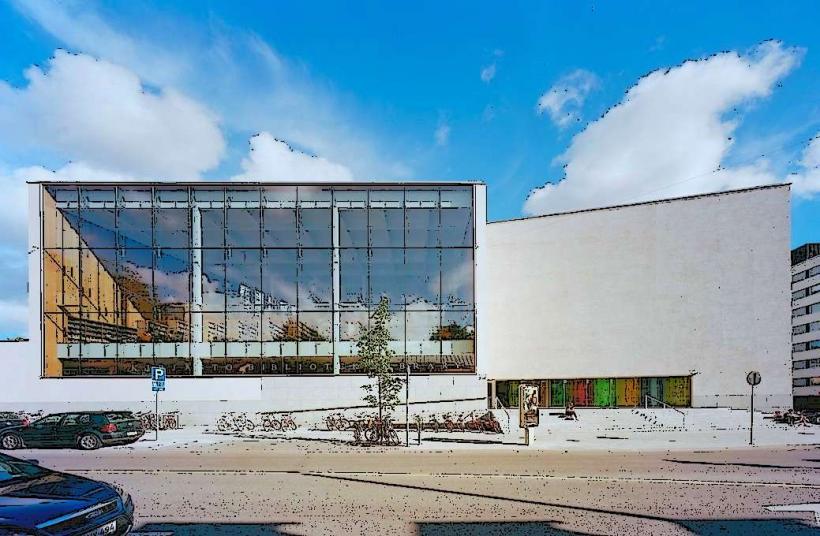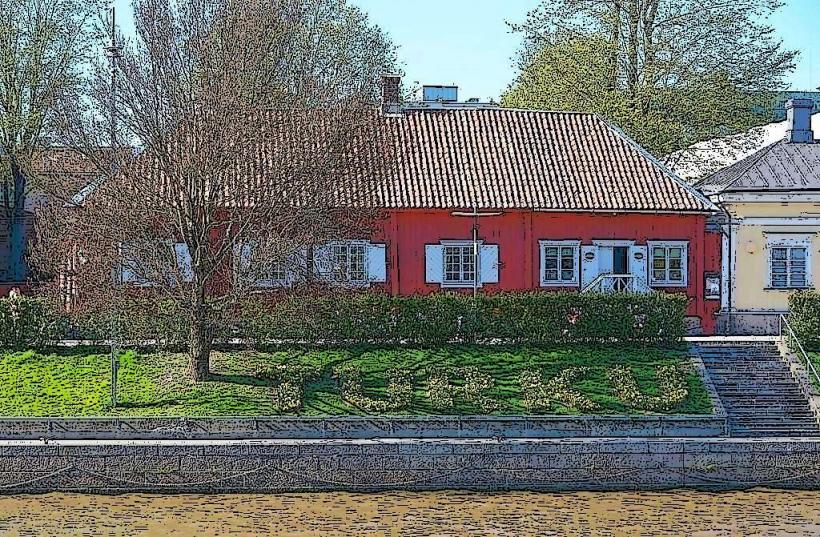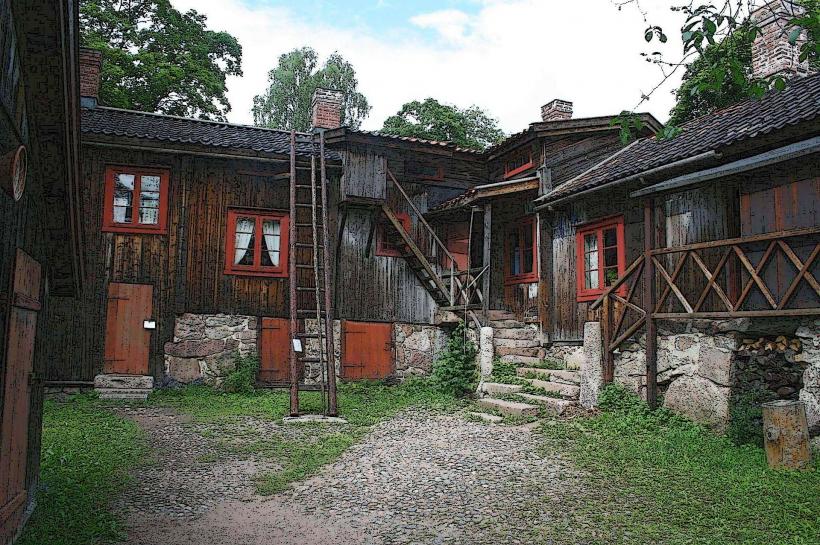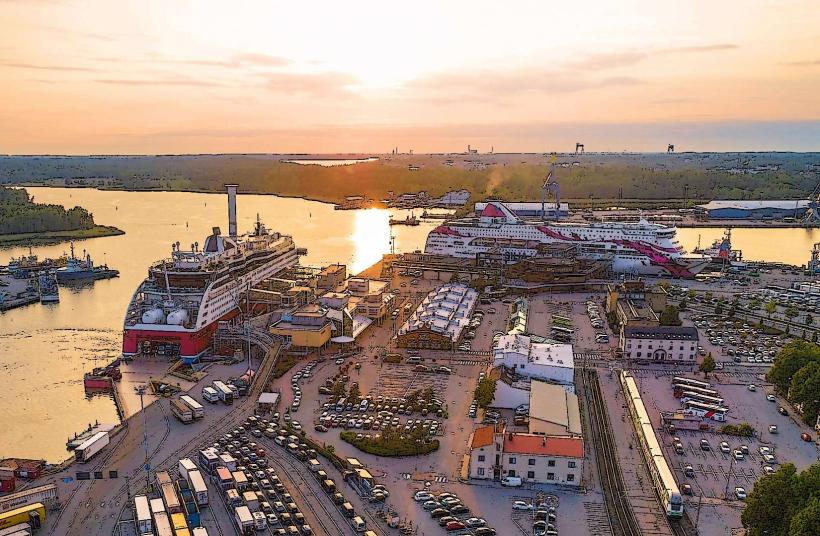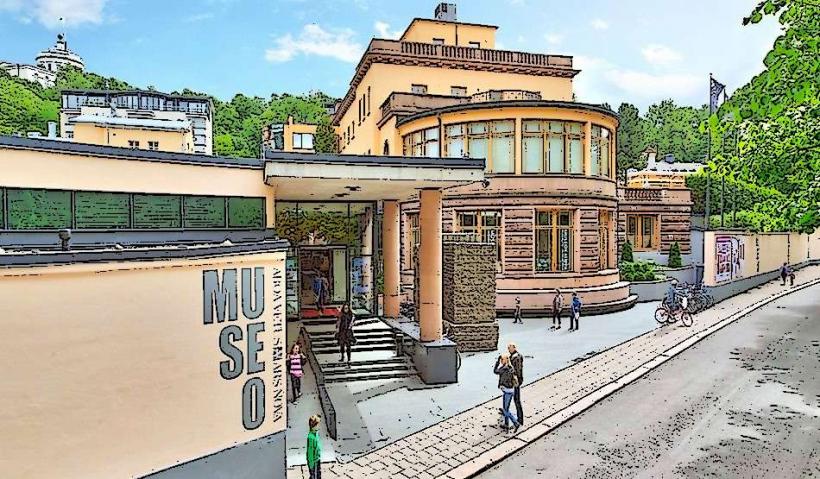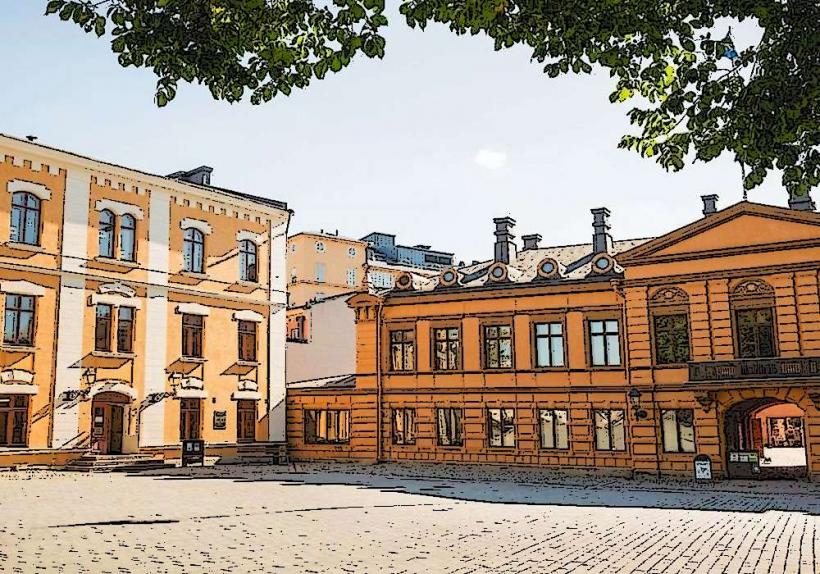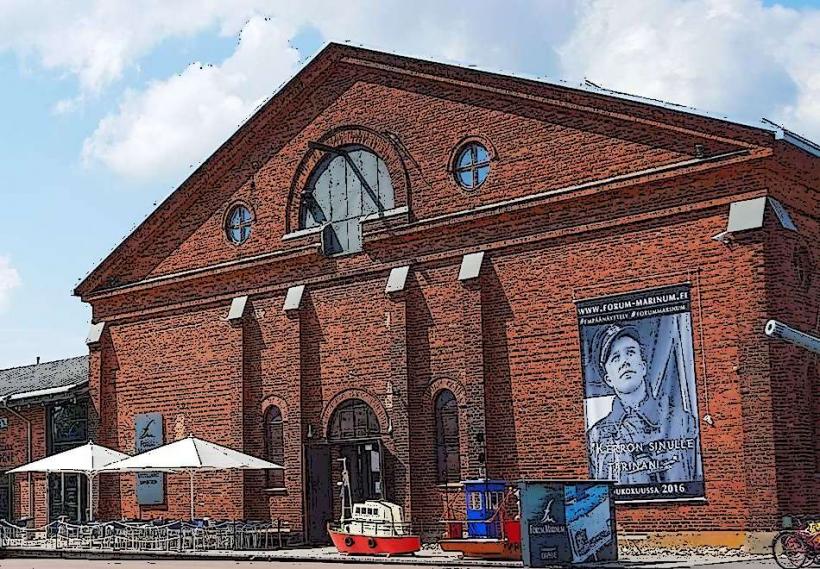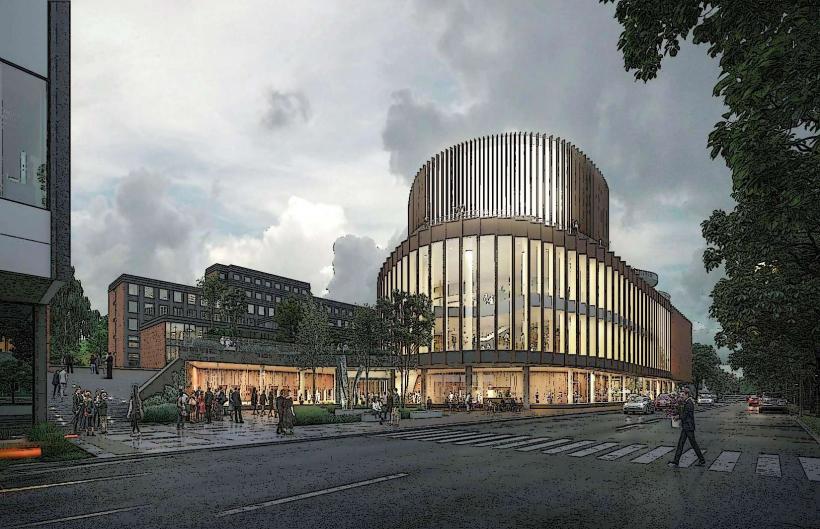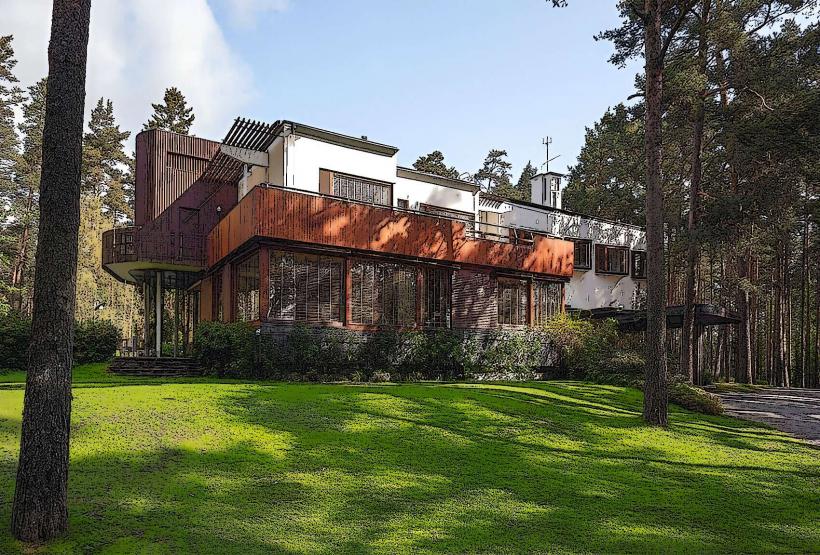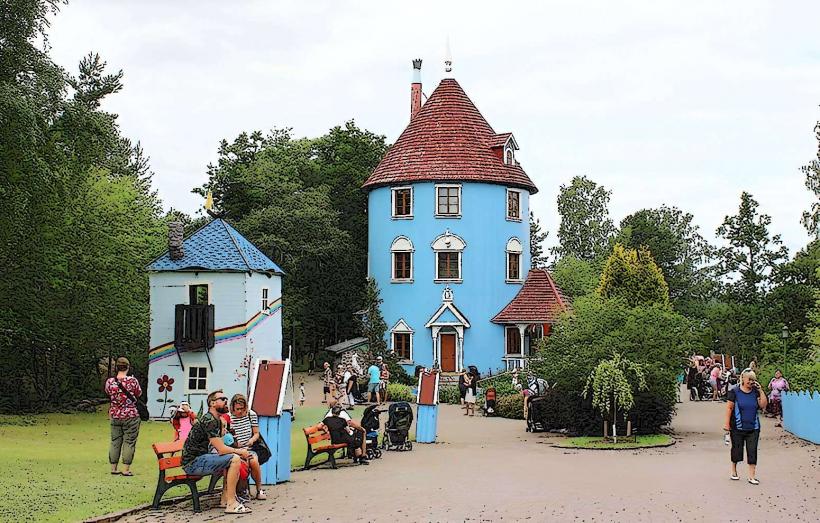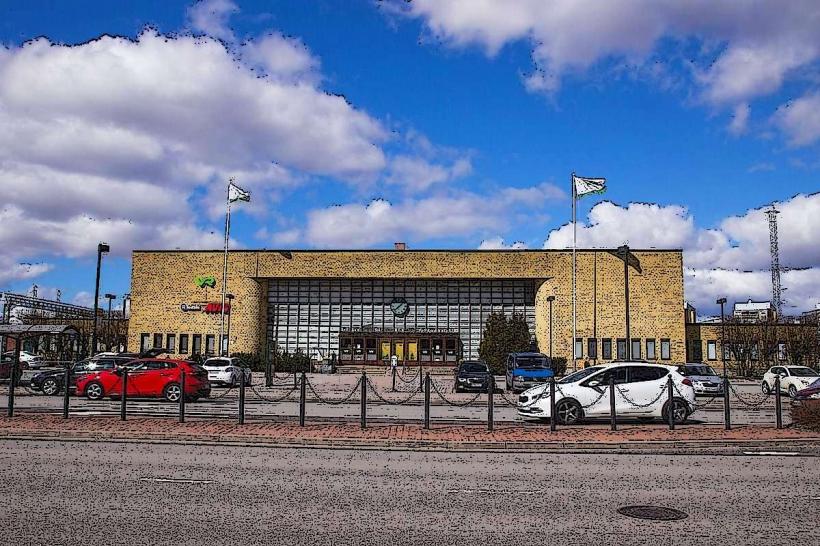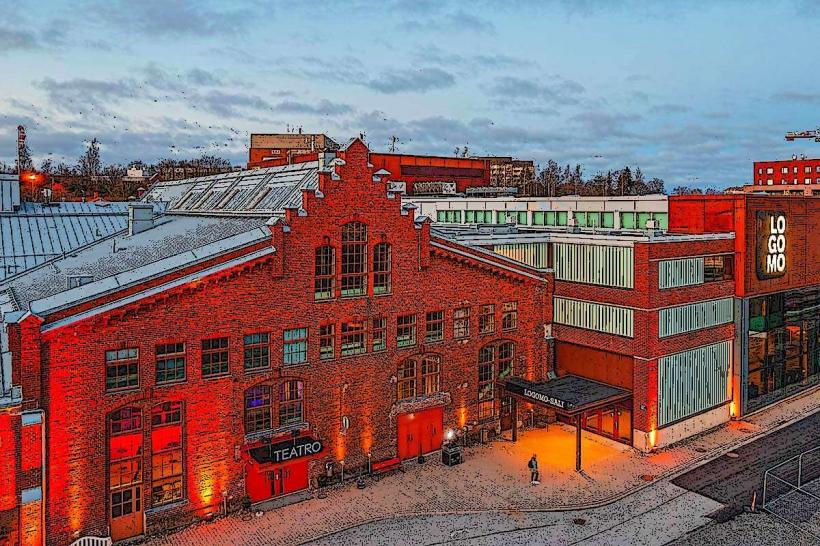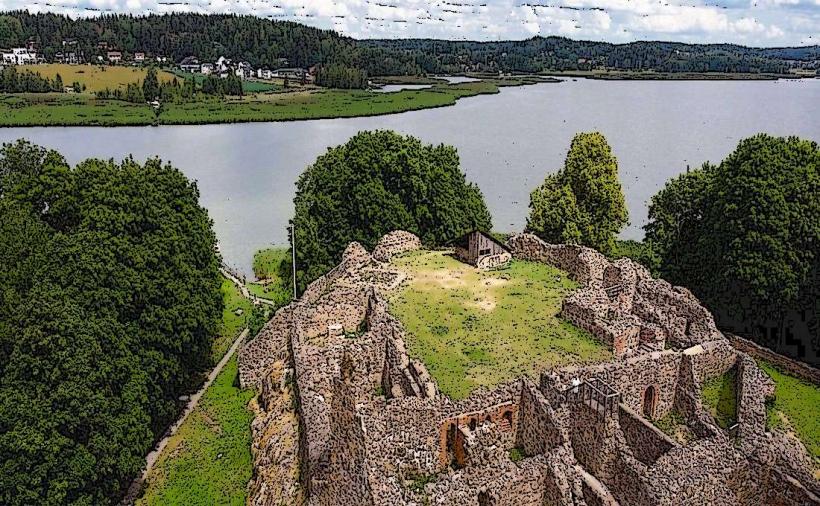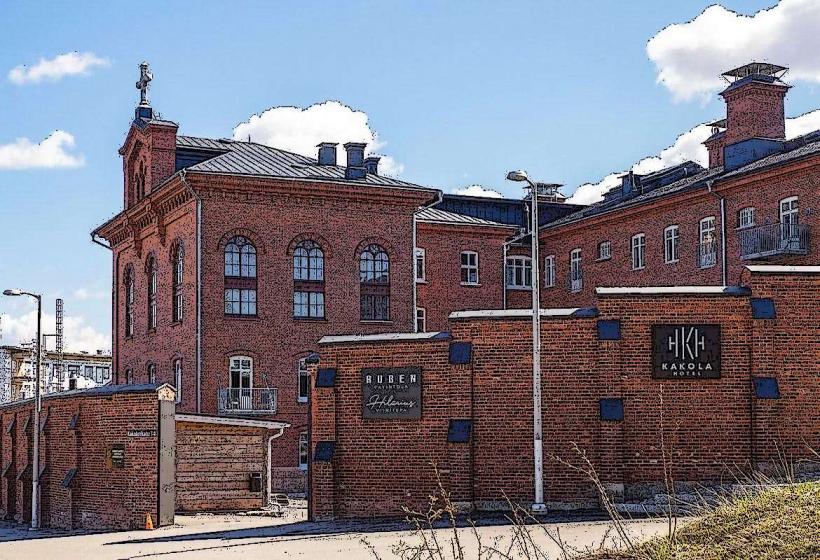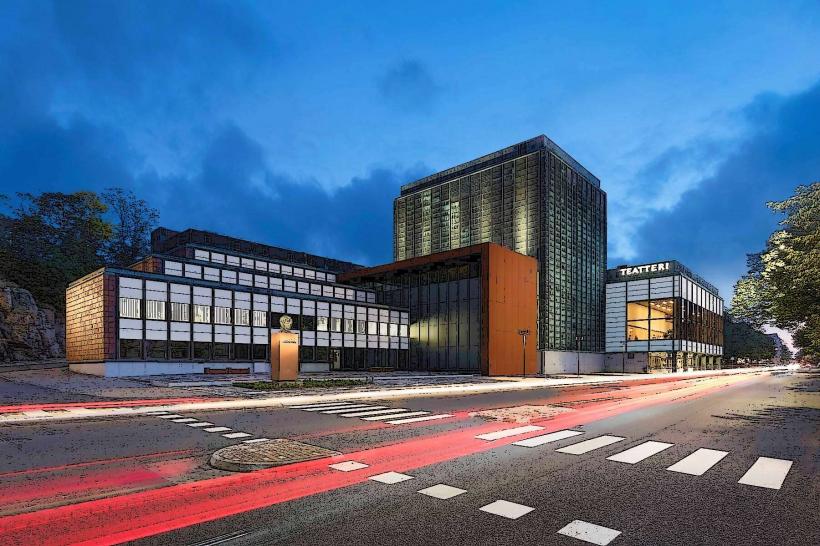Information
Landmark: Turku CathedralCity: Turku
Country: Finland
Continent: Europe
Turku Cathedral (Turun tuomiokirkko) is one of Finland’s most important and iconic historical landmarks, located in the heart of Turku. It is not only a religious site but also a symbol of Finland's cultural heritage and history. The cathedral is a significant national monument and the seat of the Archbishop of the Evangelical Lutheran Church of Finland.
History and Construction
Early Beginnings: Construction of Turku Cathedral began around 1230. The cathedral was built on the orders of the Swedish king, and its construction spanned several centuries. The church was intended to serve as the center of the Catholic Church in Finland, and later, it became the focal point of the Evangelical Lutheran Church after the Reformation.
Medieval and Gothic Influences: The original structure was Romanesque, but as the cathedral was expanded over time, Gothic architectural styles began to dominate. The cathedral’s nave, with its towering vaults and arched windows, reflects the Gothic influence, and the stonework is a testament to the craftsmanship of its medieval builders.
Reformation and Lutheranism: When Finland became part of the Swedish kingdom, the Reformation spread, and Turku Cathedral became Lutheran in the 16th century, following the Protestant changes sweeping through Scandinavia. Despite this, the cathedral still retained many of its medieval Catholic elements, which gives it a distinctive blend of religious traditions.
Architecture and Features
Turku Cathedral is built in the shape of a Latin cross, a common design for medieval European churches. Key architectural features include:
Exterior: The cathedral is built from brick and stone, and it has a distinctively large and imposing appearance. The exterior has undergone several renovations, with the most significant being in the 19th century when the cathedral was restored to preserve its medieval characteristics.
The Tower: One of the most recognizable features of Turku Cathedral is its tower, which rises nearly 75 meters (246 feet) above the ground. The tower, originally built in the 14th century, has undergone multiple reconstructions and restorations. The tower offers stunning views of the city and the surrounding area, and the cathedral’s spire can be seen from afar.
Interior: The interior of Turku Cathedral is an extraordinary blend of medieval and modern elements. Notable features include:
- Nave and Aisles: The spacious nave has high vaulted ceilings and intricate arches. The long aisles and side chapels provide an atmosphere of reverence and history.
- Altarpiece and Altar: The altar area is particularly notable for its medieval altarpiece and artwork. The altar itself is simple but elegant, reflecting Lutheran design.
- The Organ: The cathedral houses a grand organ, which is considered one of the most impressive in Finland. The organ is often used for concerts and religious services.
- Chapel of St. Henry: One of the most significant chapels is dedicated to St. Henry, the patron saint of Finland. It commemorates the bishop and martyr who played a key role in the Christianization of Finland in the 12th century.
Tomb of Kings and Notable Figures: Several notable individuals are buried within the cathedral, including Swedish kings and other prominent figures from Finland’s history. Most famously, King Eric XIV of Sweden and other members of the Swedish royal family were buried here after their deaths.
Paintings and Art: The cathedral also houses several remarkable works of art, including medieval frescoes and altarpieces. Some of these date back to the 14th century, showcasing medieval Christian themes, while others reflect the Renaissance period and later eras.
Role in Finnish History
Turku Cathedral has played a central role in the religious, cultural, and political history of Finland for over 800 years. Its significance includes:
Religious Importance: The cathedral was the seat of the Bishop of Turku, making it the primary religious center in Finland during the medieval period. It was a focal point for religious life, not only for the Catholic Church before the Reformation but also for Lutheranism after the 16th century.
Political Center: Turku Cathedral was also a political symbol, as the bishop of Turku held considerable influence in the region. It was the site of several important events in Finnish history, including the coronations of Swedish kings and the celebration of significant state events.
National Symbol: The cathedral has become a symbol of Finnish identity and culture. It played a role in the formation of Finland as a nation, especially after Finland became part of Russia in 1809 and later gained independence in 1917.
Turku Cathedral Today
Today, Turku Cathedral is not only a functioning church but also a major tourist attraction and cultural center. It hosts regular religious services, concerts, and events, especially during the Christmas and Easter seasons. The cathedral's vast historical significance attracts visitors from around the world.
Museum: The cathedral has a small museum that offers insight into its history, architecture, and the role it has played in Finnish society. It houses many religious artifacts, paintings, and historical objects related to the cathedral's past.
Cultural Events: The cathedral hosts concerts, especially classical and choral music, which take advantage of its impressive acoustics. Visitors can also explore temporary exhibits related to the cathedral's past and Finnish history.
Visiting Turku Cathedral
For those visiting, the cathedral is a must-see in Turku. It is located in the city center, easily accessible by foot, and is a part of the historical and cultural fabric of the city. Whether you're interested in history, architecture, or religion, Turku Cathedral offers a fascinating experience that connects visitors to Finland's rich past.
Its combination of medieval architecture, religious heritage, and artistic beauty makes Turku Cathedral one of the most significant landmarks in Finland.

